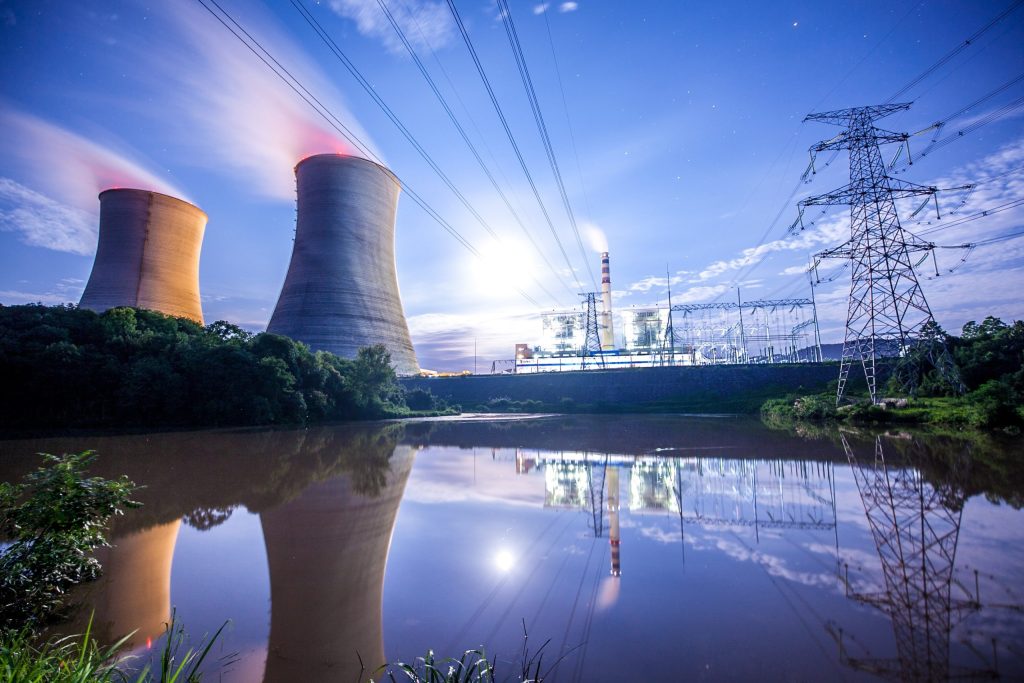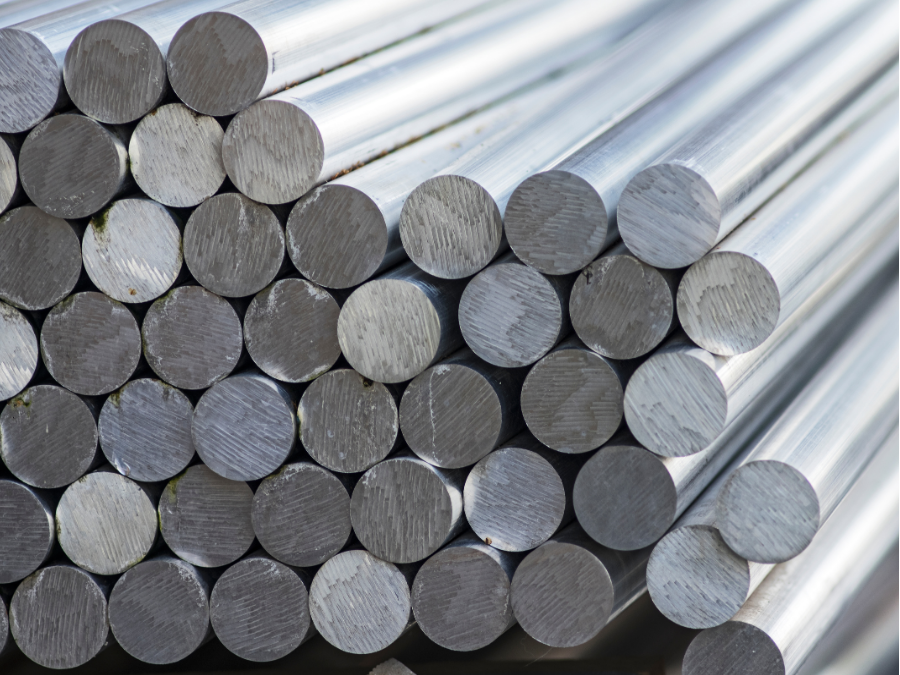Global Trade

August 8, 2025
Century to restart production at Mt. Holly smelter
Written by Stephanie Ritenbaugh
Century Aluminum plans to bring back online idled production capacity at its Mt. Holly smelter in South Carolina.
The Chicago-based producer credits President Trump’s Section 232 tariffs for primary aluminum. Trump recently doubled the import tax from 25% to 50%.
Century plans to invest approximately $50 million in the effort, adding about 10% to U.S. production.
The restart will enable the plant, currently operating at a 75% utilization rate of its 230,000 mt nameplate capacity, to achieve full production by June 30, 2026. Century said the plant hasn’t operated at that maximum capacity utilization since 2015.
Century said it worked with power supplier, South Carolina Public Service Authority (Santee Cooper), to reach an agreement in principle to extend the current energy contract through 2031 to purchase the additional power necessary for the restart. The final details of the restart will be subject to a definitive agreement with Santee Cooper, along with confirmation of economic incentives provided by Berkeley County and the state of South Carolina, Century said.
Affordable energy was a major factor in the full closure or idling of more than 30 smelters in the past 45 years – most recently, the idling of Century’s Hawesville smelter, as well as curtailments at Mt. Holly, and shuttering of Magnitude 7’s New Madrid plant.
Now, those facilities are competing with other large-scale electricity consumers, namely data centers supporting AI, which are rapidly straining grid capacity in several U.S. regions.
The returning production will bring total Mt. Holly volume to more than 220,000 mt per year, Peter Trpkovski, chief financial officer, said during the company’s Q2’25 earnings call.
“The project spend will be approximately $50 million to restart those last 90 pots, which will almost be a straight-line spend through the completion of the project by the end of Q2 2026,” Trpkovski said. “To be clear, that’s about $4 million per month over the next year.”
Trpkovski said the company expects to fund the project through its current balance sheet.
“The financial benefits of the project are incremental volume at favorable margin and fixed cost absorption,” he said. “At spot pricing levels, we expect the project to nearly pay back our investment by the end of 2026.”
Additional alumina for Mt. Holly will come from the company’s supply book for 2026, Jesse Gary, president and CEO said.
“We don’t see any changes necessary to our current alumina sourcing planning in order to serve the additional alumina needs for the smelter,” Gary said.
The Mt. Holly smelter, built in 1980, was the last primary aluminum smelter built in the United States.







